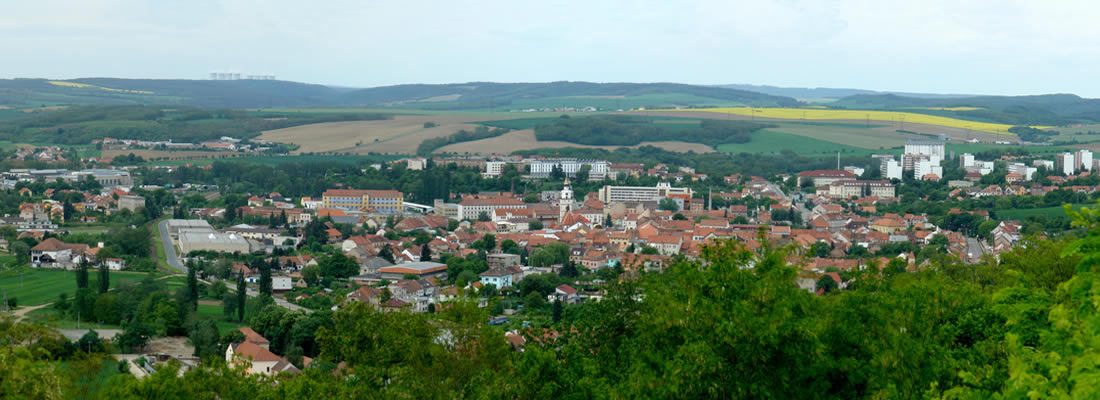If you try to imagine yourself travelling 800 years back in time when having a walk through Ivancice, you might be surprised by the size and splendour of one of the most significant royal towns in Moravia.

The former market place, which was created on the crossing of business routes and at the same time on the confluence of three rivers Oslava, Jihlava and Rokytna, was around 1212 declared a town. It had stone town walls with three gates and a moat, a Gothic castle and fortified basilica once existed there. Then hard times came to the town, it was plundered several times, the worst was in 1304 by the Hungarian Kumans. In 1424 the town was conquered by the Hussites and Ivancice became their base for the next 10 years. In contrast the most glorious time of the town dates back to the 16th and 17th centuries, when Ivancice became a significant centre of Unitas Fratrum. Ivancice school, generously sponsored by Karel the Elder of Zerotin, belongs to one of the most famous Czech Brothers institutions – perhaps thanks to the fact, that significant scholars worked there. One of them was the Czech humanist Jan Blahoslav, who translated from the Greek original to the Czech language The New Testament and his work is still recognised as a pearl of Czech mediaeval literature. Established in Ivancice was also the Czech Brothers printing press, later it was moved to Kralice, where in a Gothic stone fortress the Bible Kralická, the first Czech printed bible, first saw the light of day.
A dominant feature of Ivancice is without a doubt the Gothic parish Church of the Assumption of the Virgin Mary with high tower, finished by a unique Renaissance top with gallery. In the nearby House of the noblemen of Lipa with corner oriel and a rich architectural decoration from the 17th century is the seat of the Town Hall. The large local Jewish population (in 1791 Jews accounted for 20% of the total population) is reminded by a Synagogue from 1853 and a Jewish Cemetery with the oldest tombstone dating from 1552. Also worth mentioning is the Neo-Gothic pilgrimage chapel of St. Jacobi on the hill northeast from the town, to which leads the Way of the Cross with 14 stations. The most valuable monuments are found in the town’s urban preservation zone. A St. Peter and Paul’s church from the half of 12 th century in Reznovice, Baroque Marian sculptural group of 1726, many historical houses, an interesting technical monument – a railway viaduct over the river Jihlava of 1872 (height 42m) can be also seen here. Southeast of Ivancice lies Reznovice and Hrubsice.

Amongst the most famous Ivancice countrymen belong the Art-Nouveau painter Alfons Mucha (1860 – 1939), to the world expert public known Quido Adler (1855 – 1934), co-founder of modern musicology, and finally actor Vladimír Menšík (1929 – 1988). Displayed in the Ivancice Cultural Information Centre is a permanent exhibition of his life and work. Here you will also find the Exhibition Hall of the Town Museum, which is part of the Brno-Environs District Museum.
Now it is modern city with about 9500 inhabitants with primary and secondary grammar school. Rich cultural life (Asparagus festival in May, Ivančice pilgrimage, fairy forest July, European Heritage Days in September etc. Visit of a memorial of Alfons Mucha and a permanent exposition of folk storyteller Vladimír Menšík is recommended to all visitors of he city.
Beautiful landscape with its rivers, forests and ponds invites to undertake many romantic trips by foot and on bicycles as well.
